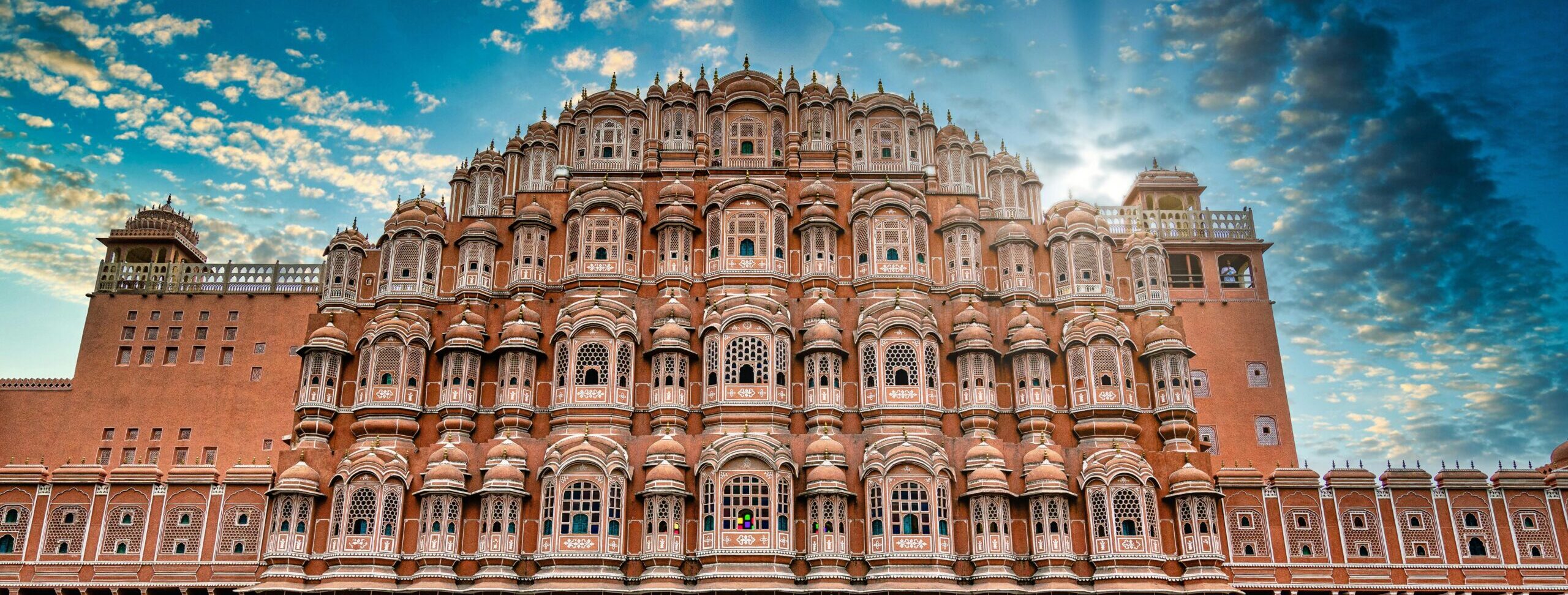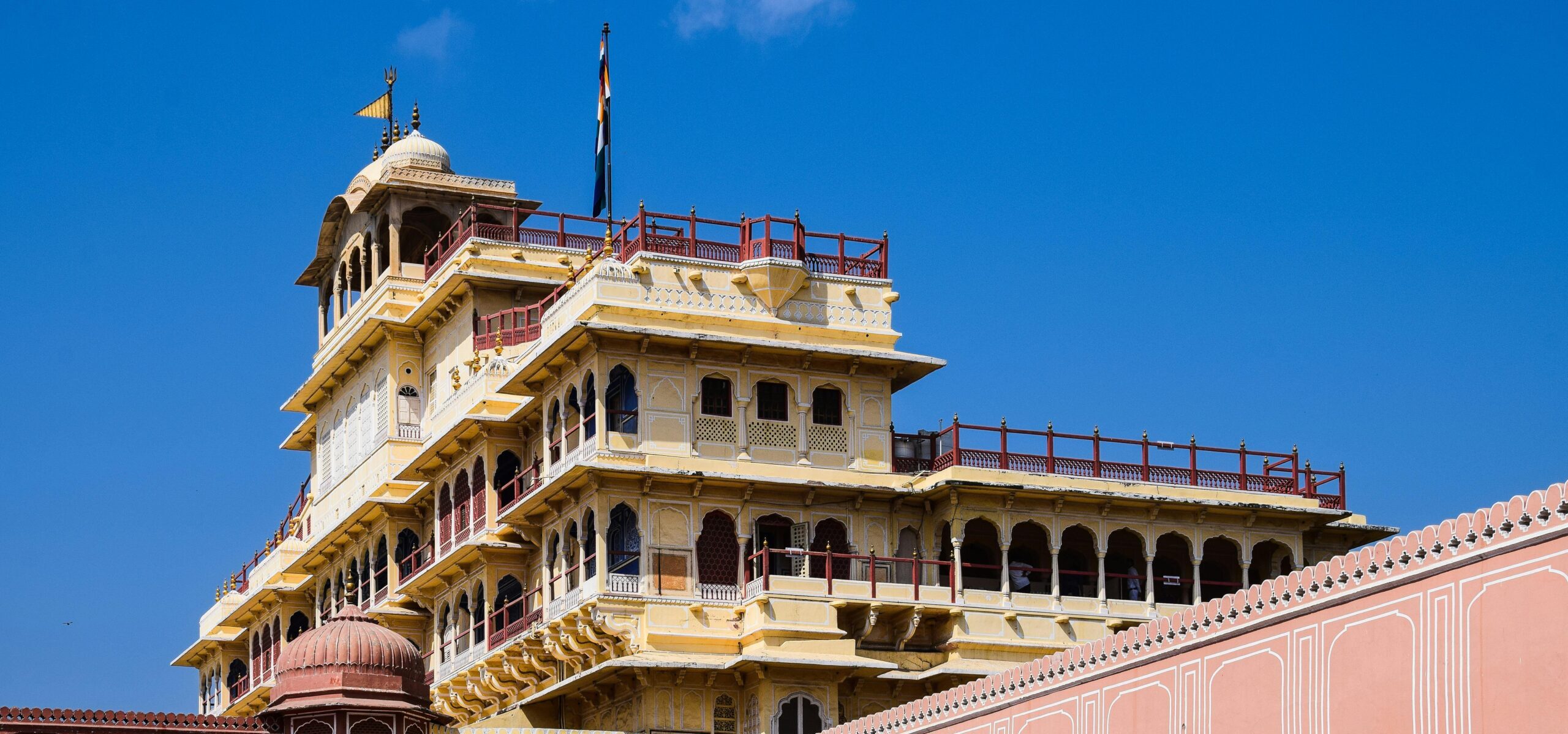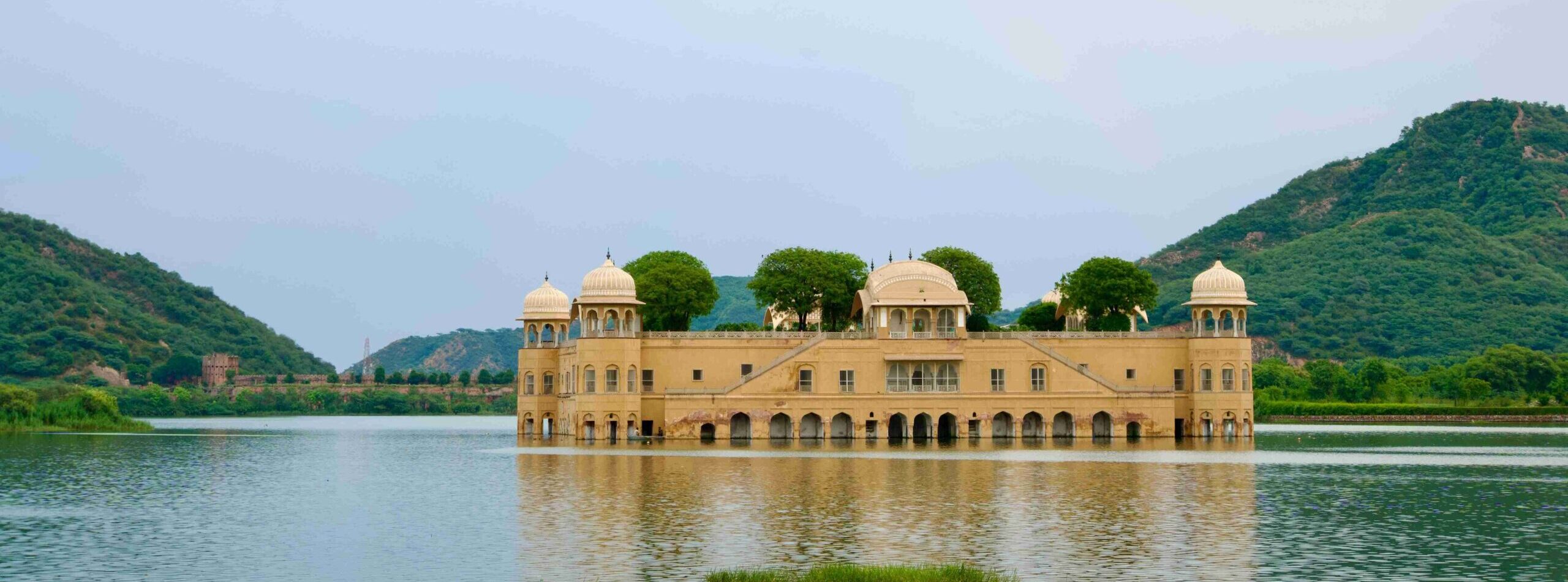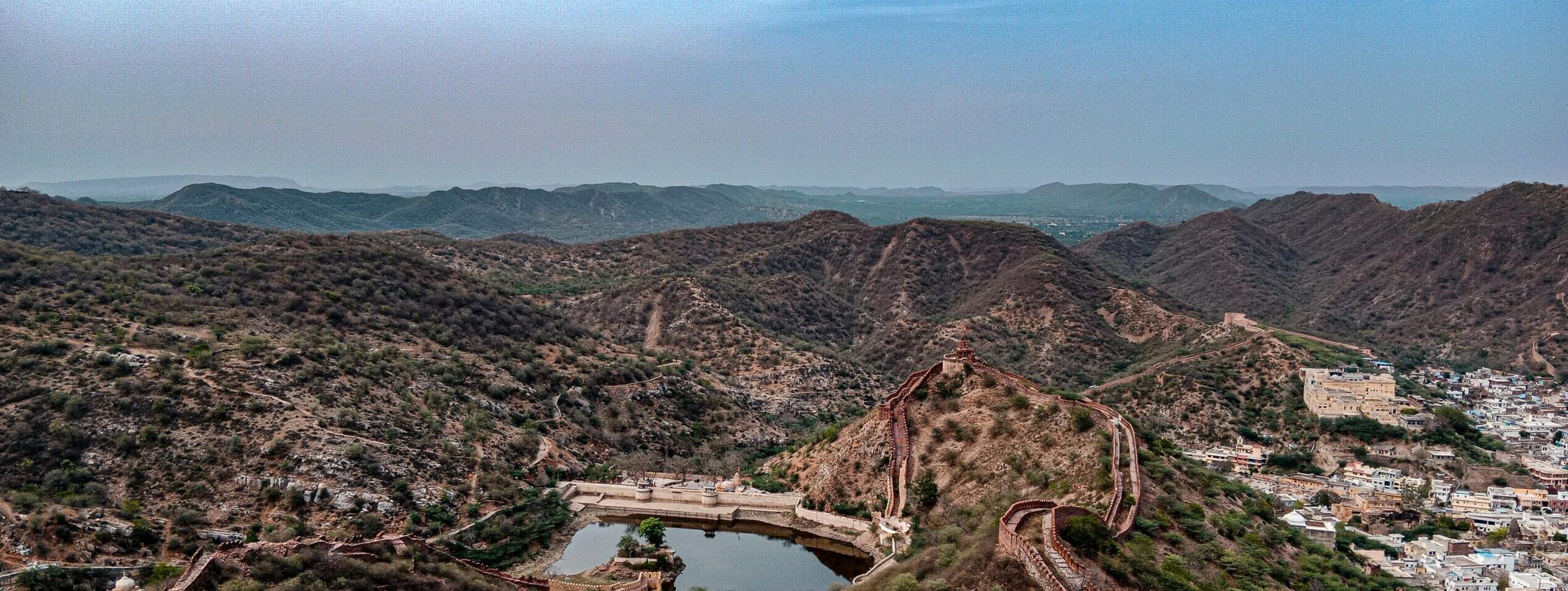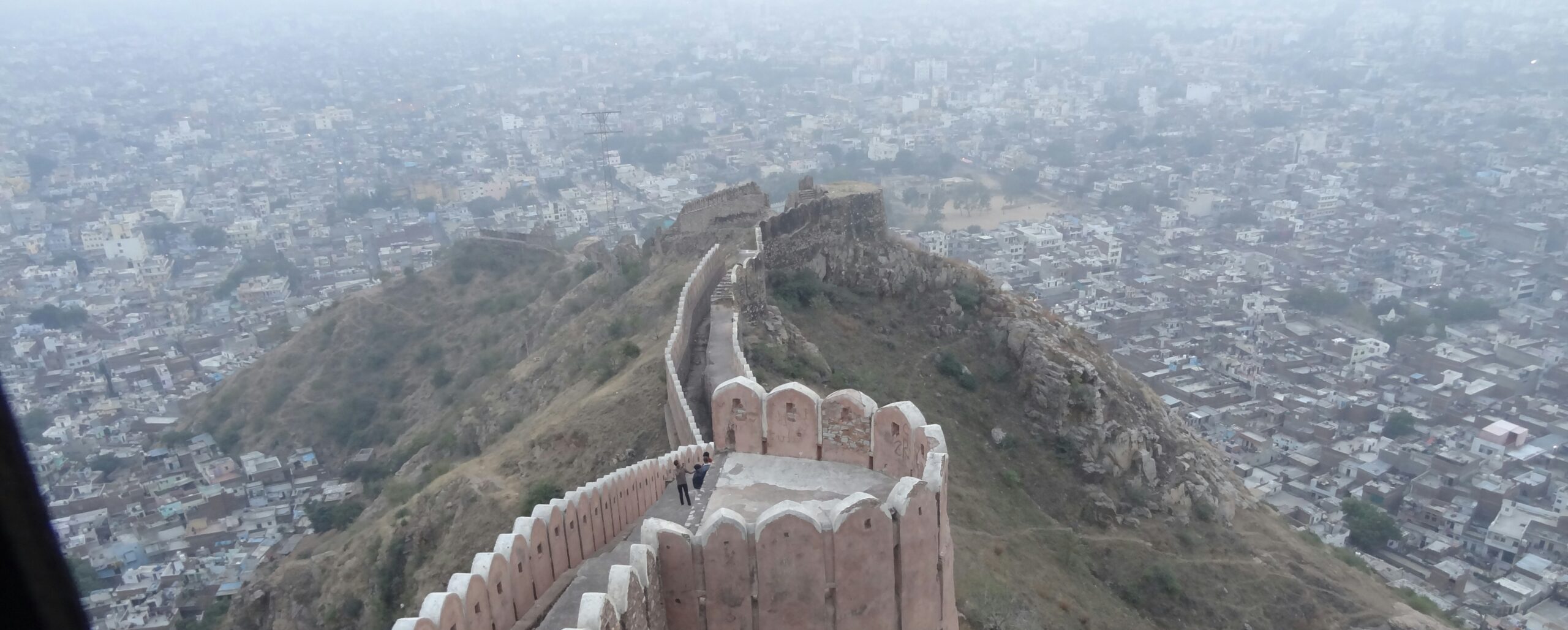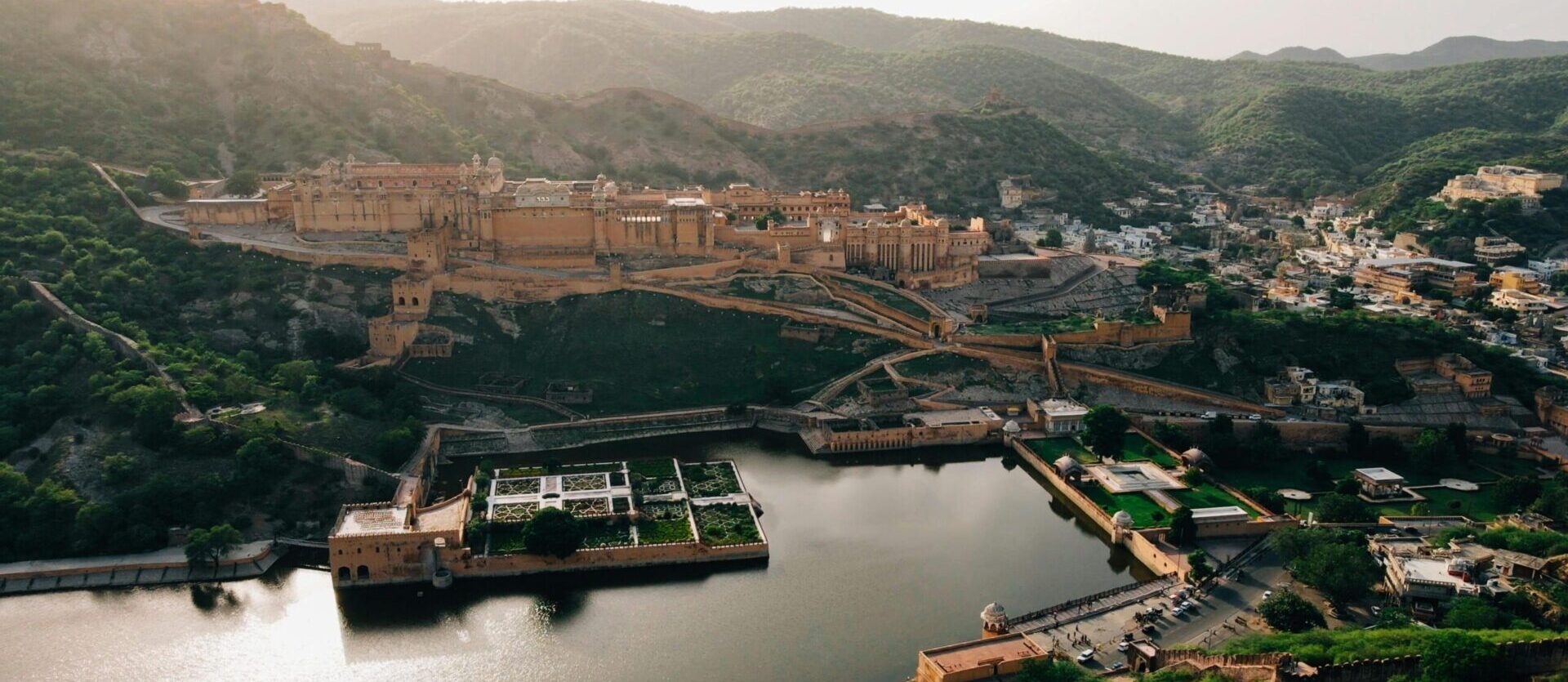Discover the beauty of Hawa Mahal Jaipur – The Palace of Winds
Located in the heart of Jaipur’s bustling streets, Hawa Mahal is one of India’s most recognizable and photographed monuments. Its pink sandstone facade, intricately designed with latticework and small windows, rises like a crown on the skyline of Jaipur. The five-story palace was specifically designed to allow the royal women, who followed the purdah system, to observe daily street activities and processions without being seen. Its unique architecture ensures that cool breezes circulate through the palace, making it a refreshing retreat during the hot Rajasthani summers—hence the name “Palace of Winds.” History of Hawa Mahal Hawa Mahal Jaipur, also known as the Palace of Winds, was built in 1799 by Maharaja Sawai Pratap Singh, the ruler of Jaipur and a member of the Kachwaha Rajput dynasty. The palace was primarily constructed as an extension to the City Palace, specifically designed to allow the royal women of the Zenana (women’s quarters) to observe the daily life and grand processions on the streets of Jaipur without being seen, adhering to the strict purdah system of the time. Architecture of Hawa Mahal Jaipur The architecture of Jaipur Hawa Mahal, or the Palace of Winds, is a stunning example of the fusion of Rajput and Mughal architectural styles. Designed by Lal Chand Ustad in 1799, the five-story palace was commissioned by Maharaja Sawai Pratap Singh to serve as an extension of the City Palace. Its unique facade, honeycomb-like structure, and exquisite design make it one of Jaipur’s most iconic landmarks. Here’s a closer look at the architectural elements that make Hawa Mahal Jaipur a marvel: Exterior of Hawa Mahal: The Iconic Honeycomb Structure Design and Layout: The most striking feature of Jaipur Hawa Mahal is its elaborate exterior, which resembles a beehive or honeycomb. They composed it of 953 small windows, or jharokhas, intricately decorated with latticework. This design allows air to circulate through the palace, creating a cooling effect, especially during the hot summers of Rajasthan. The building is constructed from red and pink sandstone, blending harmoniously with the other structures in Jaipur, known as the Pink City. Purpose:The jharokhas served a dual purpose—they provided the royal women with privacy while allowing them to observe the daily street life and royal processions below, adhering to the strict purdah system. The tiny Hawa Mahal windows also kept the palace cool by allowing breezes to flow through, which gave the building its name, Hawa Mahal, meaning “Palace of Winds.” The exterior design of Hawa Mahal is like a crown of Krishna Inspiration:The exterior design of Jaipur Hawa Mahal is said to resemble the crown of Lord Krishna, the Hindu deity. Maharaja Sawai Pratap Singh was a devotee of Krishna, and this architectural inspiration is reflected in the curvature and structure of the palace. The pyramidal shape of Hawa Mahal Jaipur resembles a royal crown, symbolizing devotion and spirituality. Rajput and Mughal Fusion in Hawa Mahal Jaipur Rajput Elements:The architecture of Hawa Mahal Jaipur has strong influences of Rajput design, most notably seen in the chhatris (domed pavilions), arches, and floral motifs. Rajput architecture is characterized by its use of decorative elements like jharokhas and the elevated platforms that offer expansive views, allowing the residents to observe their surroundings discreetly. Mughal Elements:The intricate latticework, also known as jaali, and the fine detailing on the windows and balconies reflect Mughal influence. Mughal architecture is renowned for its ornamental elegance, and Hawa Mahal Jaipur incorporates this with its elaborate stonework, symmetrical patterns, and the blending of art with function. The arched doorways and windows are also a hallmark of Mughal design. The Five-Story Structure of Hawa Mahal Jaipur Height and Layout:Hawa Mahal Jaipur is five stories high but surprisingly narrow in depth. The first two floors have courtyards, while the upper three floors consist of small chambers and narrow passages. Because there are no strong foundations, each floor narrows as it rises, giving the structure the appearance of being lightweight. The curving design overcame this architectural challenge and offered stability. Open-air Viewpoints:The top three floors are designed more as viewing galleries, providing panoramic views of Jantar Mantar, City Palace, and the bustling streets of Sireh Deori Bazaar. These floors are connected by ramps rather than staircases, making movement easier for the women and elderly. The Ventilation System of Hawa Mahal Jaipur Cooling Effect:One of the most remarkable aspects of the Jaipur Hawa Mahal’s design is its natural ventilation system. The numerous windows and jharokhas allow cool air to pass through the structure, creating a wind-chill effect even during the peak summer months. This feature, combined with the shaded interiors, made the palace a perfect retreat for the royal women during the hot Rajasthani summers. No Front Entrance of Hawa Mahal Side Access:Hawa Mahal Jaipur does not have a front entrance. Visitors access the palace from a door located on the side of the structure, connecting it directly to the City Palace complex. This design ensured that the royal women could enter and exit discreetly, maintaining the privacy dictated by the purdah system. The Courtyard of Hawa Mahal Inner Space:Inside Hawa Mahal, there is a large courtyard surrounded by double-storied buildings. This open space contrasts sharply with the intricately carved and ventilated exterior, providing a spacious area for private gatherings and royal activities. The courtyard’s simple design complements the elaborate front facade. Inside Structure of Hawa Mahal’s Five Stories The “Palace of Winds,” is a five-story architectural marvel with a uniquely narrow interior layout. Unlike many traditional palaces, it’s design is not focused on grand rooms or luxurious courtyards but rather on maximizing ventilation, privacy, and views. Each floor tapers as it rises, giving the palace a pyramid-like shape, and the structure is primarily composed of small chambers and passages. Here’s an overview of each of the five stories: Sharad Mandir (First Floor) Purpose:The first floor, known as Sharad Mandir, was primarily used for festive celebrations. The royal family often hosted special gatherings and celebrations here, particularly during the autumn season, when festivals like Sharad Utsav were held.
Discover the beauty of Hawa Mahal Jaipur – The Palace of Winds Read More »

